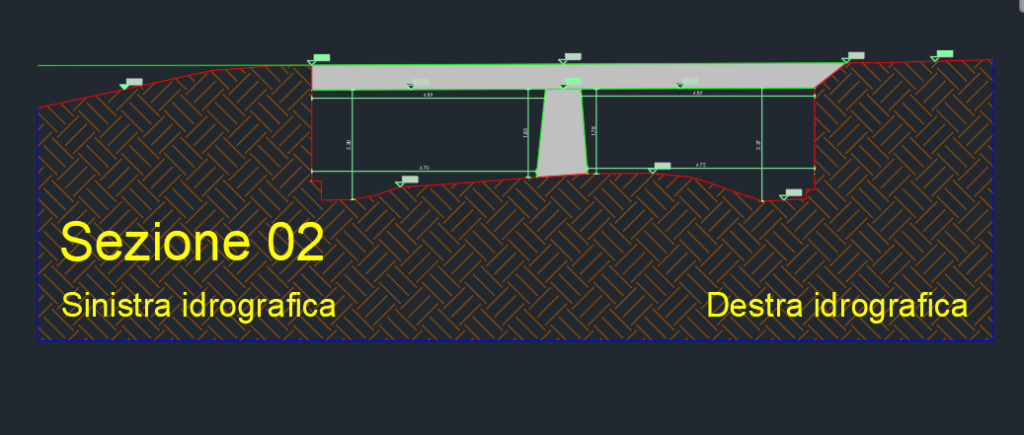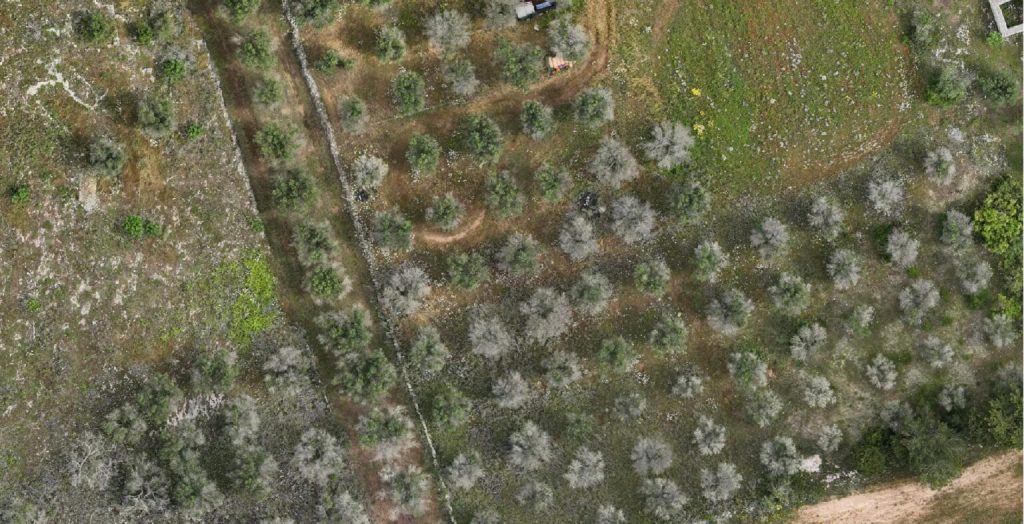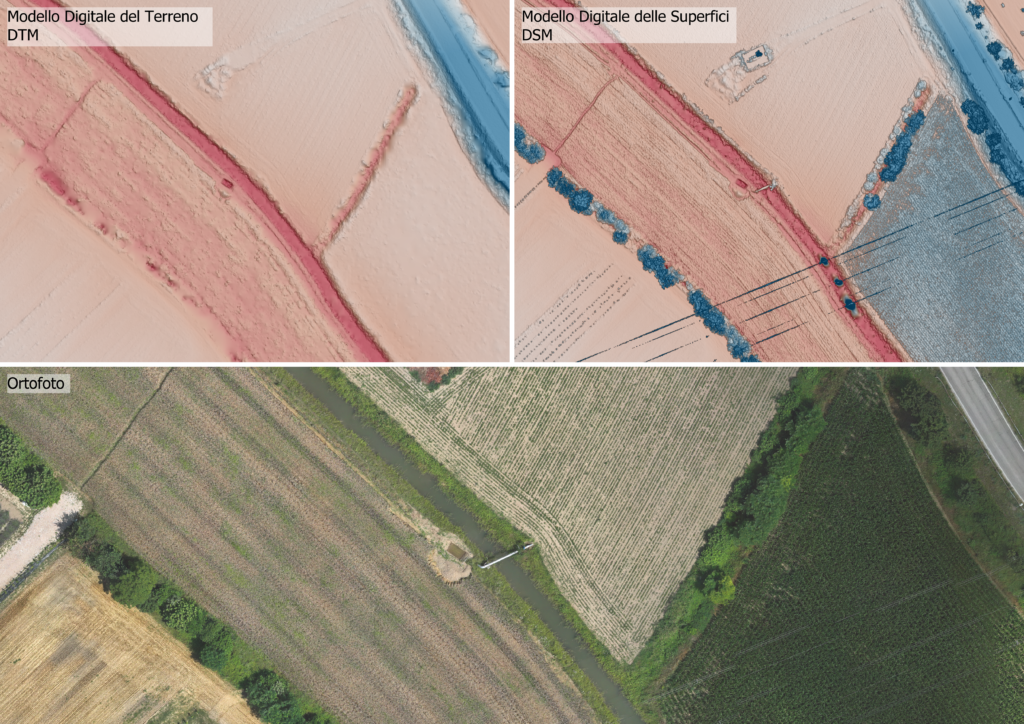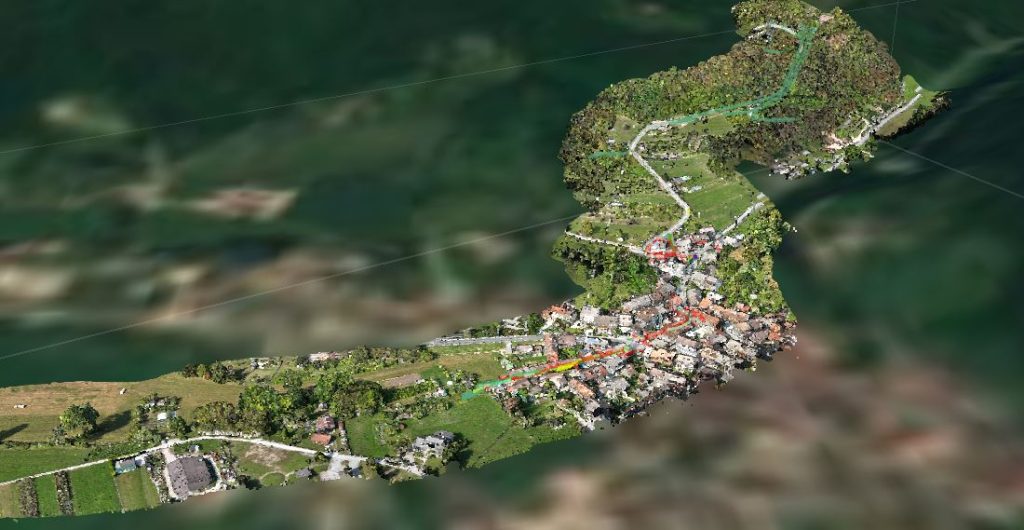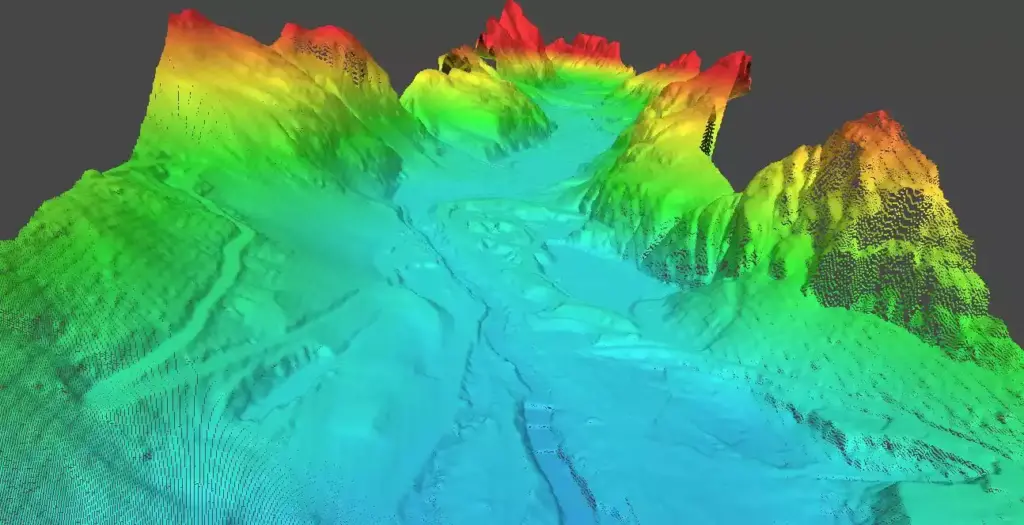
From reality to digital model.
EPC provides a comprehensive service ranging from survey design to acquisition, processing, and delivery of terrestrial laser scanner, photogrammetric, and LiDAR data across various application sectors.
What we offer
EPC specializes in using modern topographic survey technologies and processing collected data. Our range of instruments allows us to autonomously conduct surveys of objects and surfaces of various sizes, from small architectural details, buildings, and structures to entire land areas, including riverbeds, quarries, landfills, and slopes.
Depending on the context and work objective (size, level of detail, required accuracy), EPC employs targeted survey strategies, effectively using one or more instruments. Over the past few years, EPC has specialized in topographic surveys using terrestrial laser scanners, LiDAR, and terrestrial and aerial photogrammetry techniques.
The ability to conduct surveys from above allows us to easily overcome physical obstacles, drastically reducing work times and addressing various environmental contexts. EPC currently owns one of the best vehicles on the market and is recognized among ENAC operators for operating in non-critical scenarios.
Remote sensing services

SURVEY STRATEGIES
Continuous Morphology Survey
Over the past ten years, the approach to discrete surveying (single points) has been supplemented and, in many cases, replaced by continuous surveying. This method reconstructs geometries and shapes not schematically but in a way that fully adheres to reality. EPC srl has specialized in these survey methods, employing the most efficient solutions and using one or more instruments in combination for each project.
Detailed Architectural Context
Statues, small artifacts, architectural details, frescoed walls
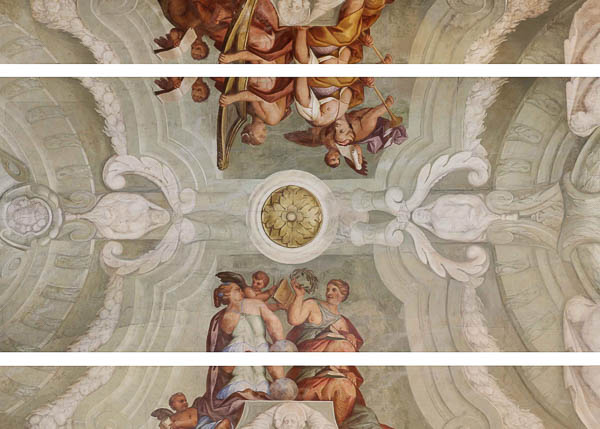
Architectural Context
Prestigious buildings (interior and exterior), industrial and civil buildings (hospitals, railway stations, etc.)
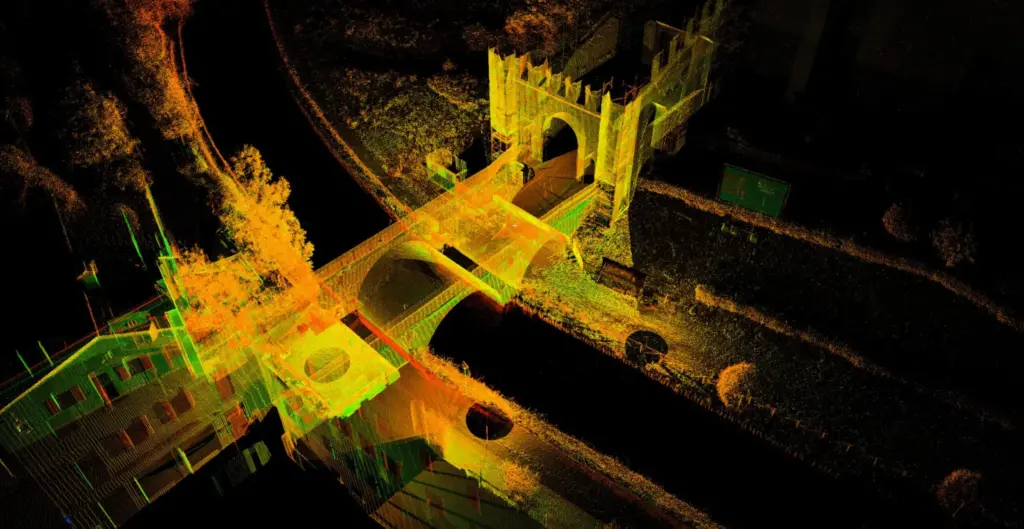
Quarry Contexts
Quarries, landfills, hydraulic works, small river contexts
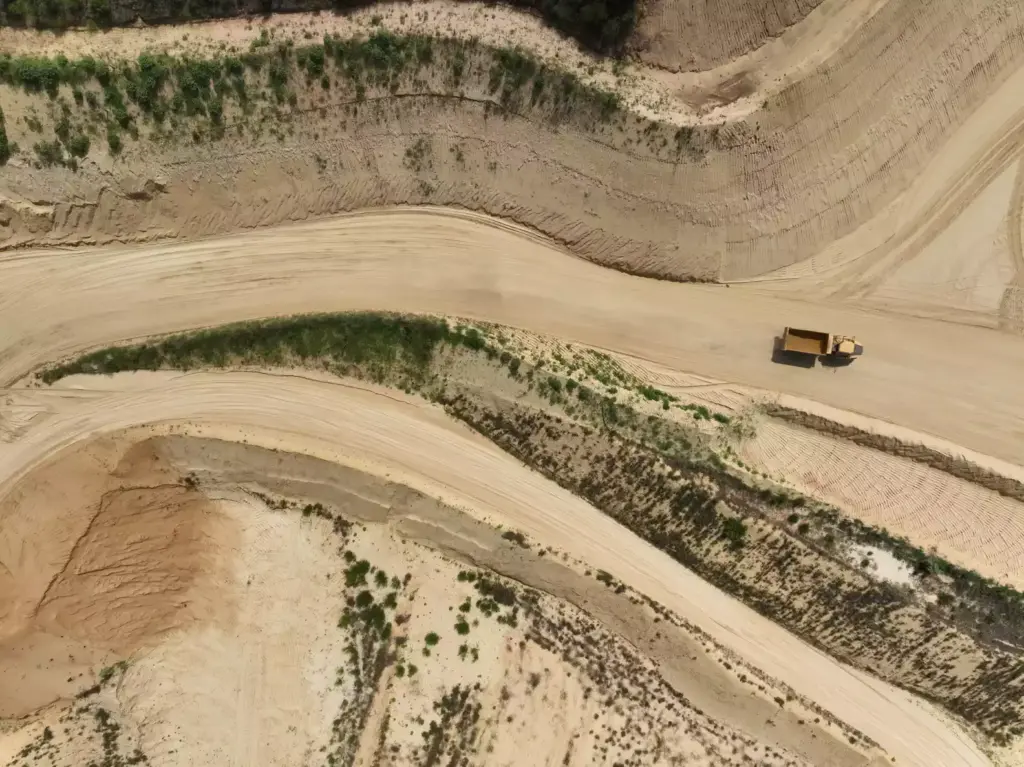
Survey Scale >500 m
Large riverbeds
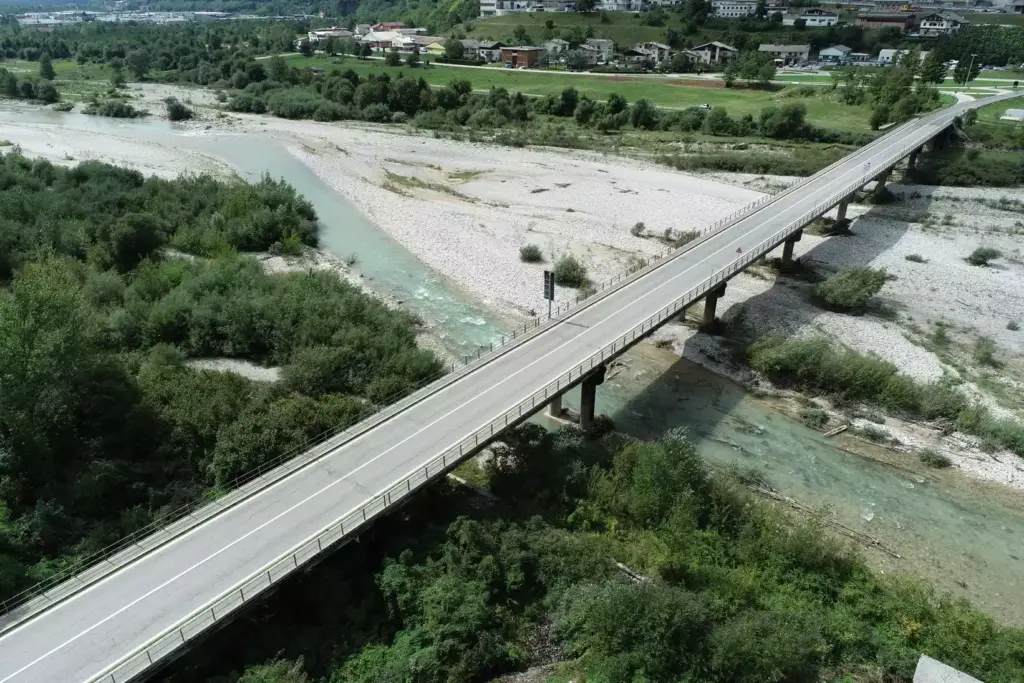

LASER SCANNER SURVEYS
Capturing the Details That Make a Difference
Laser scanning is a measurement technique that uses a laser device to acquire high-precision 3D data of surfaces and objects. It is utilized in architecture, engineering, archaeology, and environmental monitoring to create detailed 3D models.
Main Outputs:
- 3D CAD-compatible point cloud
- High-definition 3D vector models
- 2D plans, elevations, and sections
- Continuous models of complex surfaces (DSM)
- Terrain contour lines

ADVANTAGES OF UAV TECHNOLOGY
- Continuous surface surveys
- Topographical accuracy
- Quick field operations
- Output compatible with CAD/BIM
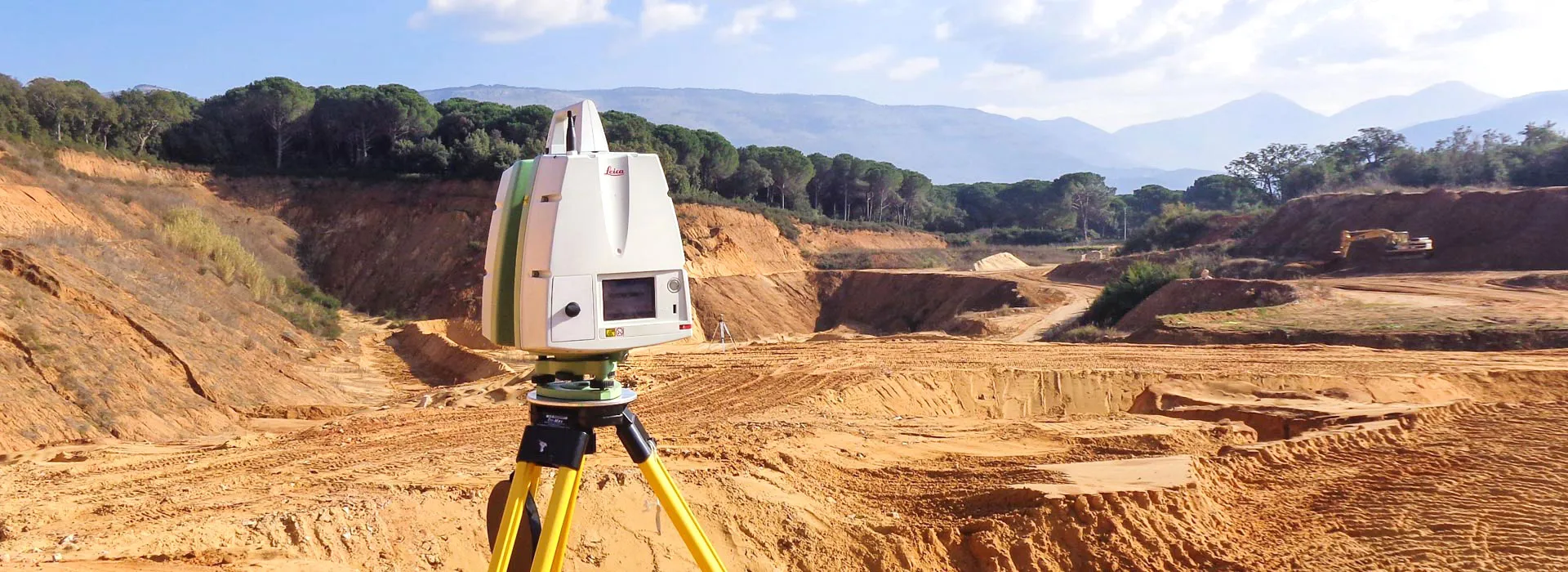
Applications
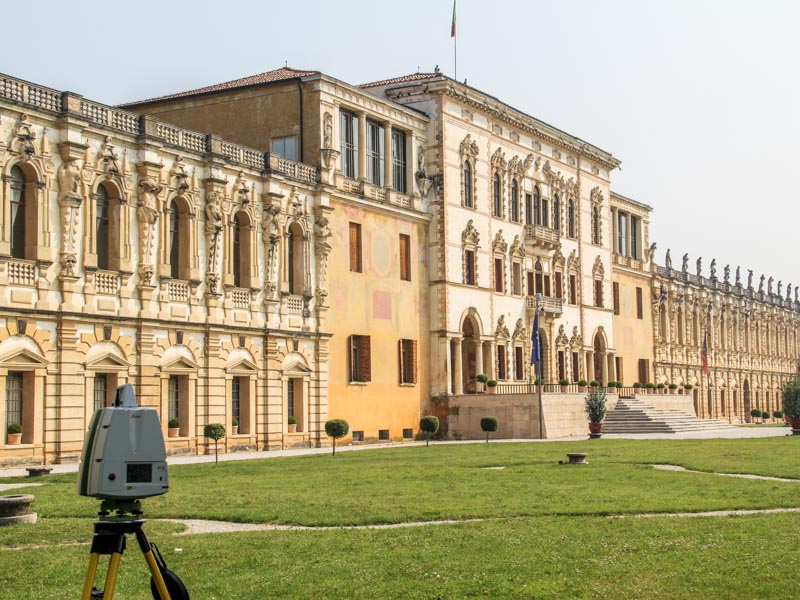
Large Buildings
- Detailed facade elevations
- Vector plans and vertical sections
- 3D vector models (CAD/BIM)
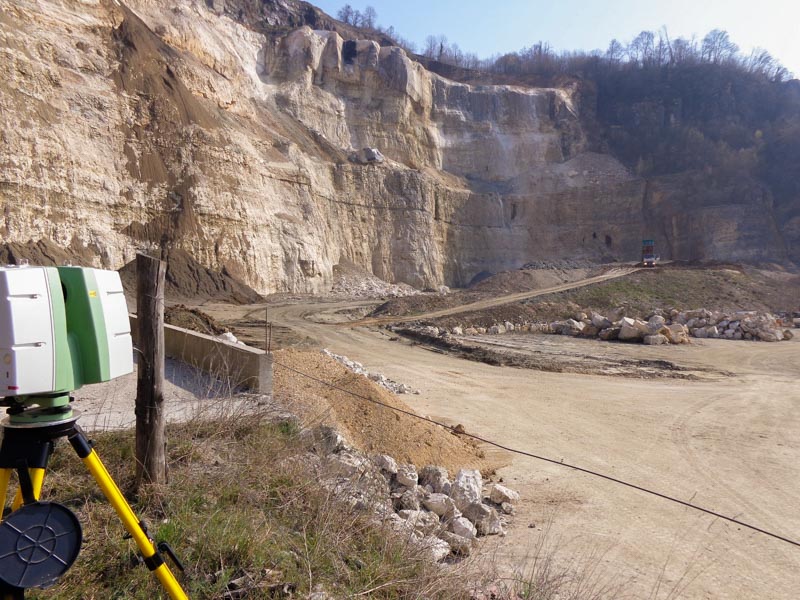
Landslides and Rock Faces
- Planimetry with contour lines and elevation plans
- 3D landslide models
- Cross-sections
- Rock face elevations
- Rock bed classification
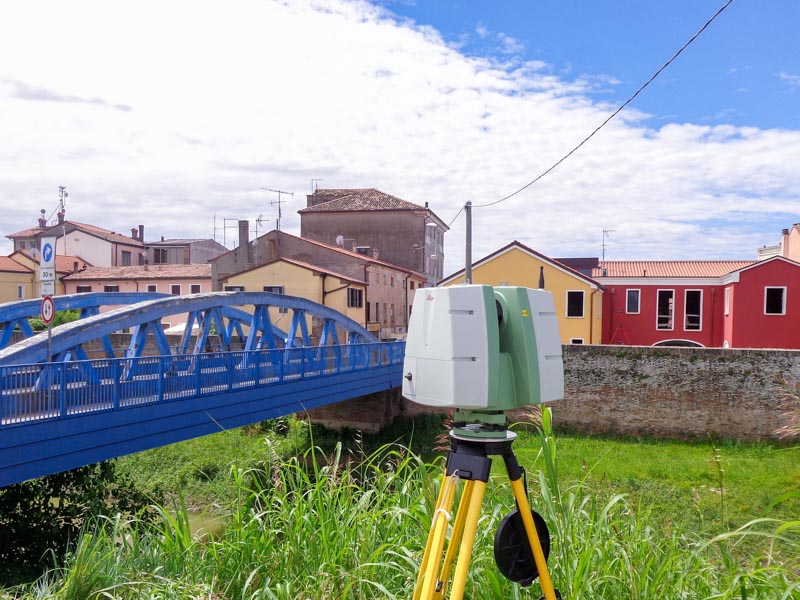
Civil Structures
- Detailed elevations
- Vector plans and vertical sections
- 3D vector models (CAD/BIM)
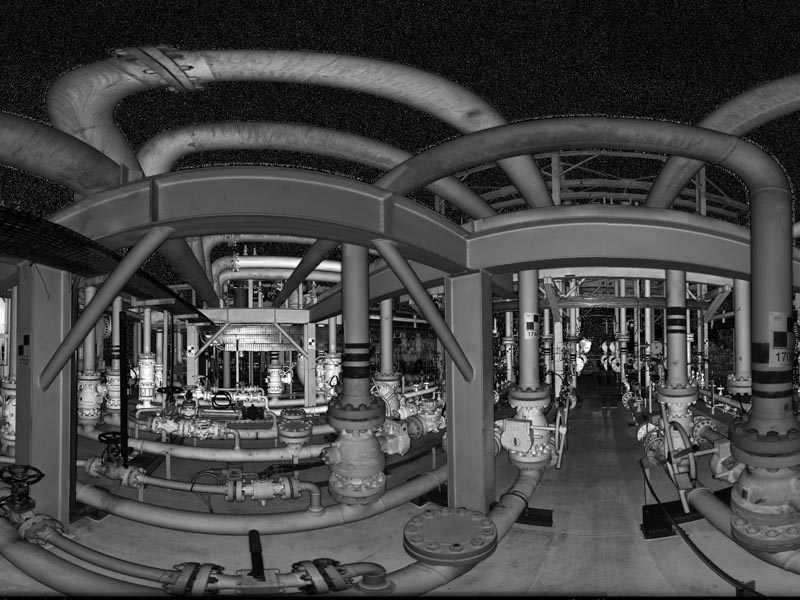
Industrial Plants
- Detailed planimetry
- Interference analysis with project state
- 3D vector model
- Cross-sections
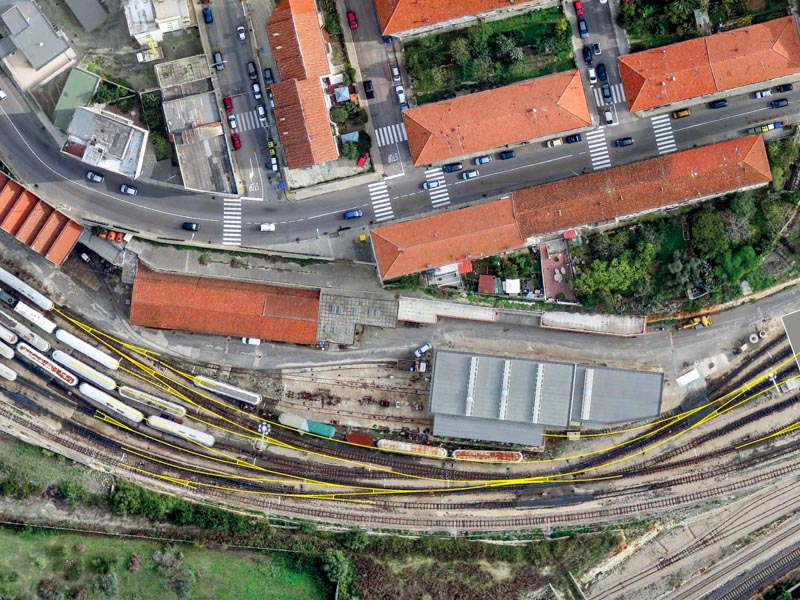
Railway Products
- Detailed planimetry
- Cross-sections
- 3D vector models (rails, overhead elements, buildings, elevation plans)
- Cross-sections

River Contexts
- Planimetry with contour lines and elevation plans
- 3D riverbed models
- 3D restitution of hydraulic defense works
- Cross-sections
- Digital terrain model (DTM) for hydraulic modeling
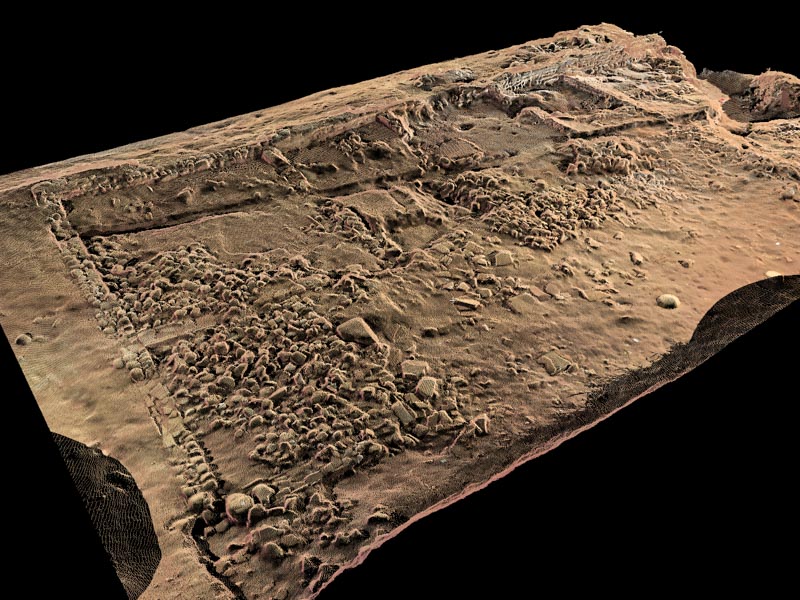
Archaeological Artifact Analysis
- Detailed excavation plans
- High-resolution photoplanes
- Detailed 3D models
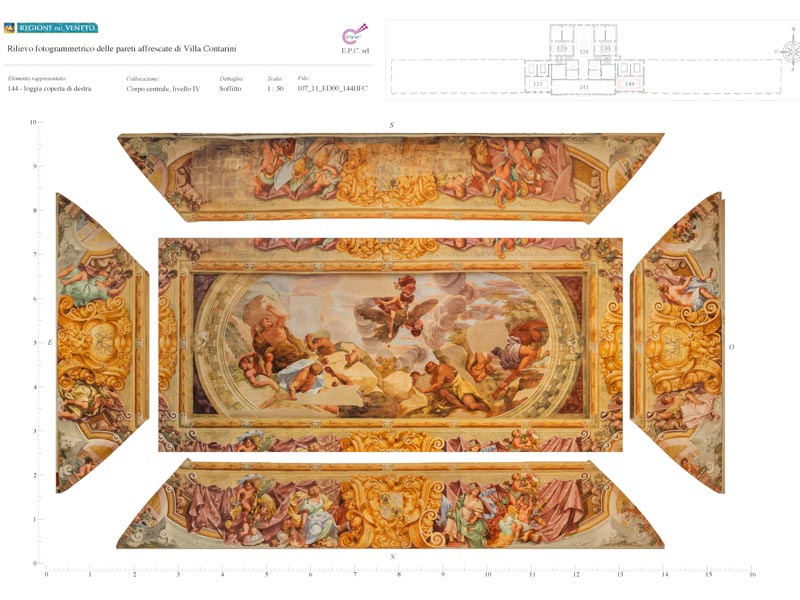
Cultural Heritage Conservation
- Detailed facade elevations
- High-detail plans and sections (buildings)
- 3D vector models (sculptures, artifacts)
One Tool for Each Project
The choice of equipment depends on the specific context of the survey. On one hand, drones offer high productivity, allowing extensive areas to be covered with centimeter-level precision in a short amount of time. On the other hand, terrestrial laser scanners provide sub-centimeter accuracy and are preferable for detailed surveys.
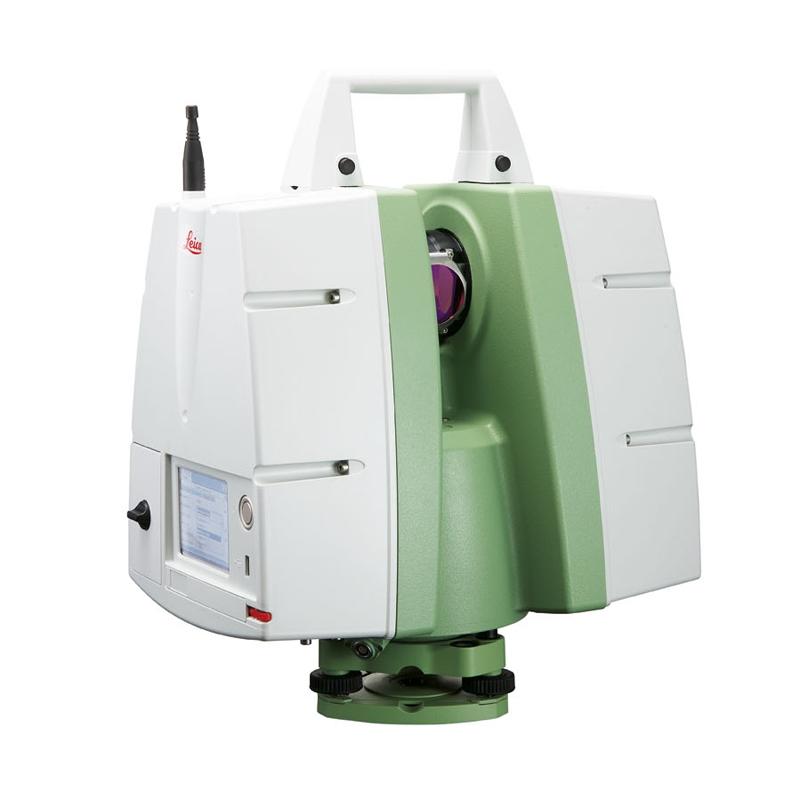
Leica ScanStation C10 Laser Scanner
The Leica ScanStation C10 is a compact “All-in-One” platform. It includes a scanner, biaxial compensator, batteries, control system, data storage, and an integrated camera/video with auto-exposure, and laser plumb.
Technical Specifications:
- Accuracy: 6 mm in position, 4 mm in distance, and 60 µrad in angle
- Noise: 2 mm
- Integrated Camera: 4 MP
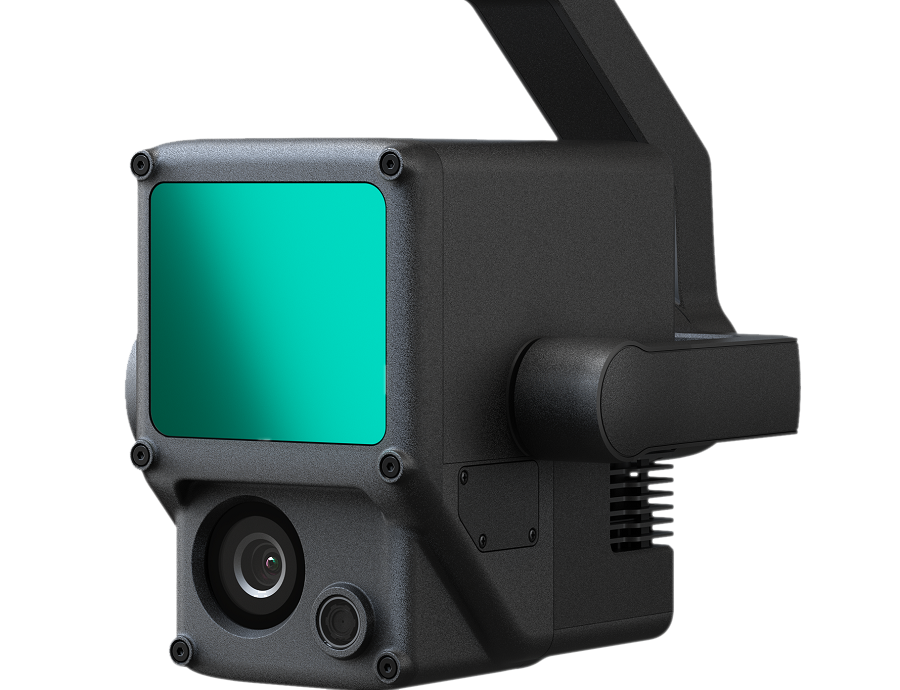
Zenmuse L1
The Zenmuse L1 integrates a LiDAR module, a high-precision IMU, and a 20 MP CMOS camera, all mounted on a 3-axis stabilized gimbal. Used in conjunction with the Matrice 300 RTK and DJI Terra, the L1 provides a comprehensive solution for real-time 3D data capture, enabling precise reconstruction of complex structures.
Technical Specifications:
- Survey Range: 450 m
- Point Acquisition: Linear or petal mode
- Laser Returns: 3 echoes per laser pulse

PHOTOGRAMMETRY AERIAL AND TERRESTRIAL
Explore the World with Millimeter Precision
Aerial photogrammetry is a technique that utilizes photographs taken from aircraft or drones to create maps, 3D models, and other spatial representations of the terrain. It is used in cartography, topography, and environmental monitoring. Terrestrial photogrammetry, on the other hand, involves photographs taken from the ground to measure and model objects or surfaces. It is commonly used in architecture, archaeology, and engineering to document and analyze structures and sites.
Main Outputs
- Georeferenced aerial images
- Photogrammetric point cloud
- High-resolution orthophotos
- 3D Digital Terrain Models (DTM) and Surface Models (DSM)
- 3D contour lines

Advantages of UAV Technology
- Georeferenced aerial images
- Photogrammetric point cloud
- High-resolution orthophotos
- 3D Digital Terrain Models (DTM) and Surface Models (DSM)
- 3D contour lines
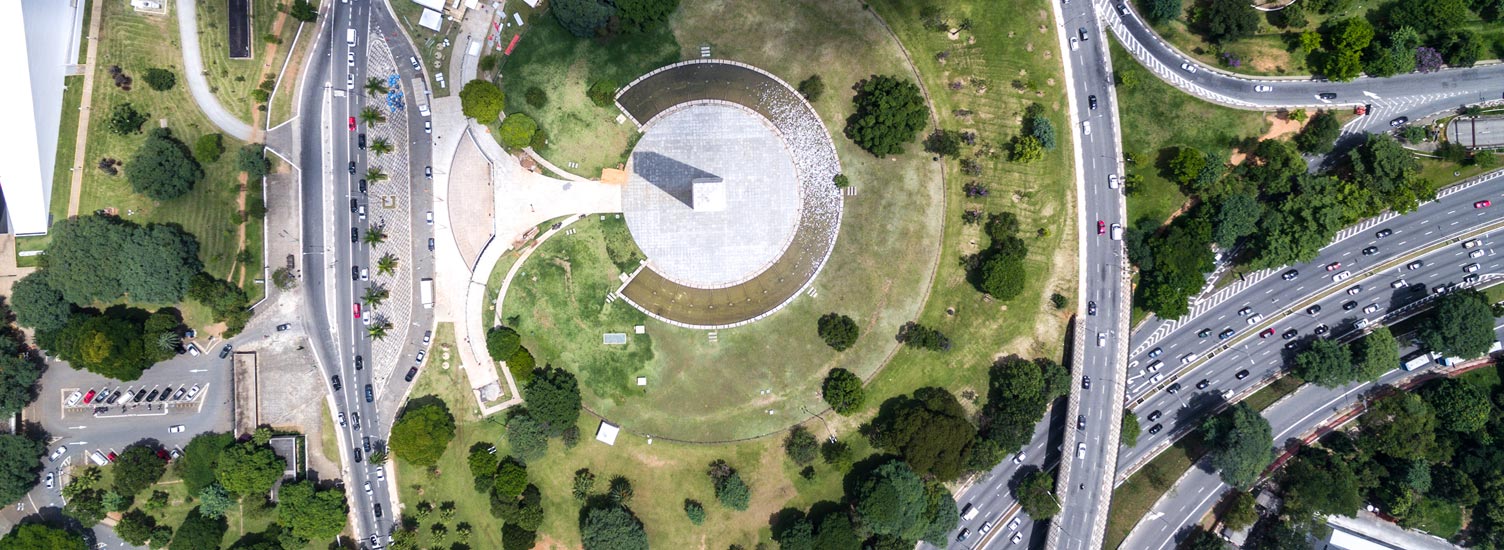
Applications
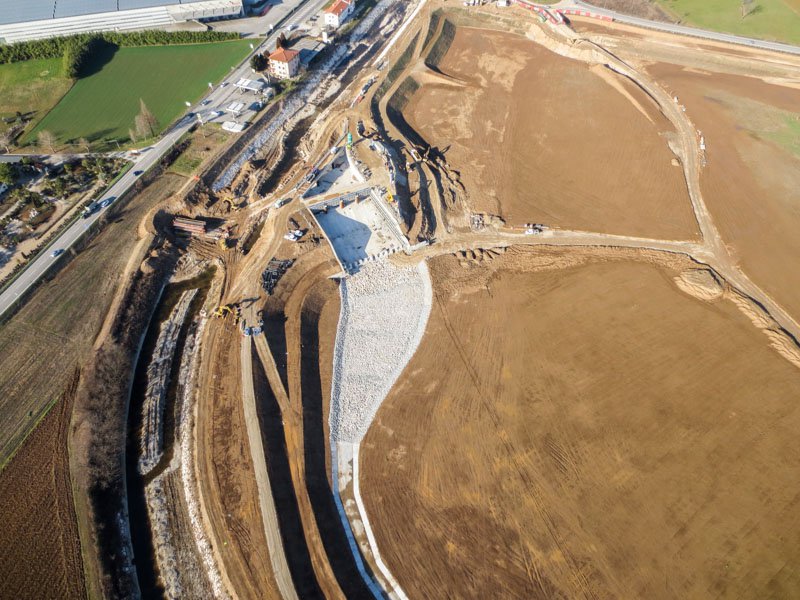
Construction Sites (Progress Monitoring)
- Georeferenced orthophoto of the construction area
- CAD deliverables
- Volume calculations (cut and fill)
- Support for construction management
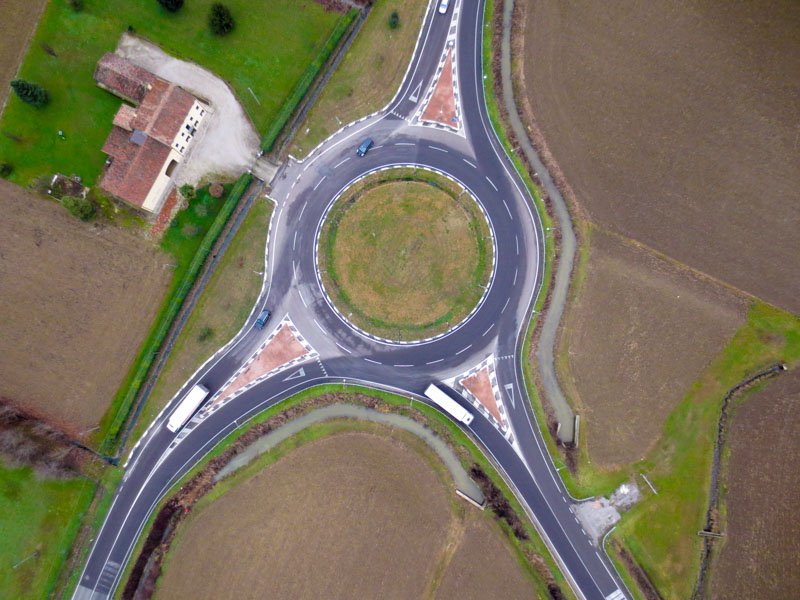
Cartography and Topography
- Georeferenced orthophoto
- 3D Digital Terrain Model
- Section extraction
- Terrain contour lines
- Thematic maps
- CTR updates
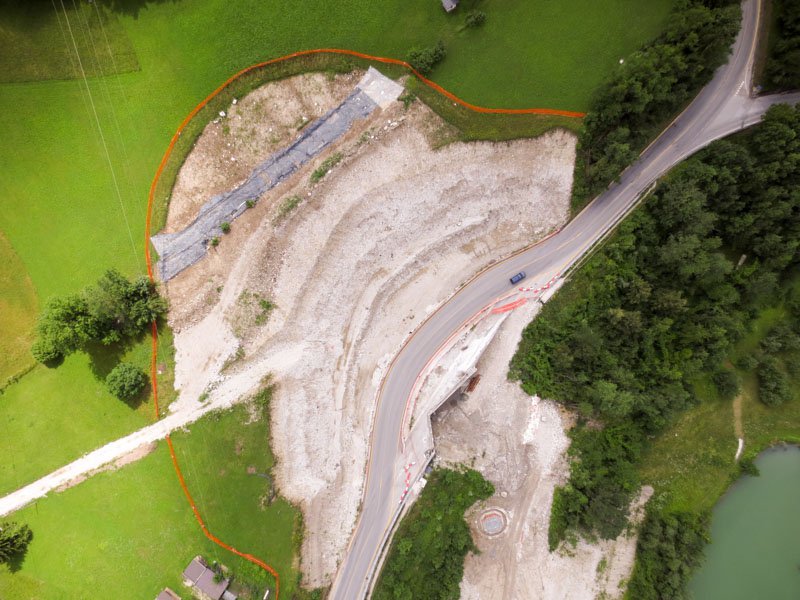
Landslides and Geological Failures
- Georeferenced orthophoto of the area
- 3D Digital Terrain Model
- Section extraction
- Terrain contour lines
- Volume calculations
- Support for construction management
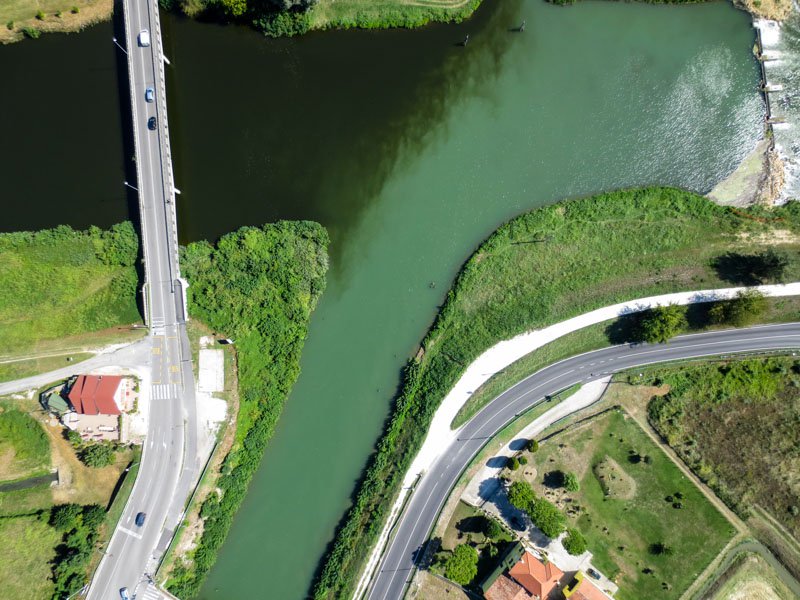
River Areas & Coastal Surveillance
- Georeferenced orthophoto of the area
- 3D Digital Terrain Model
- Terrain contour lines
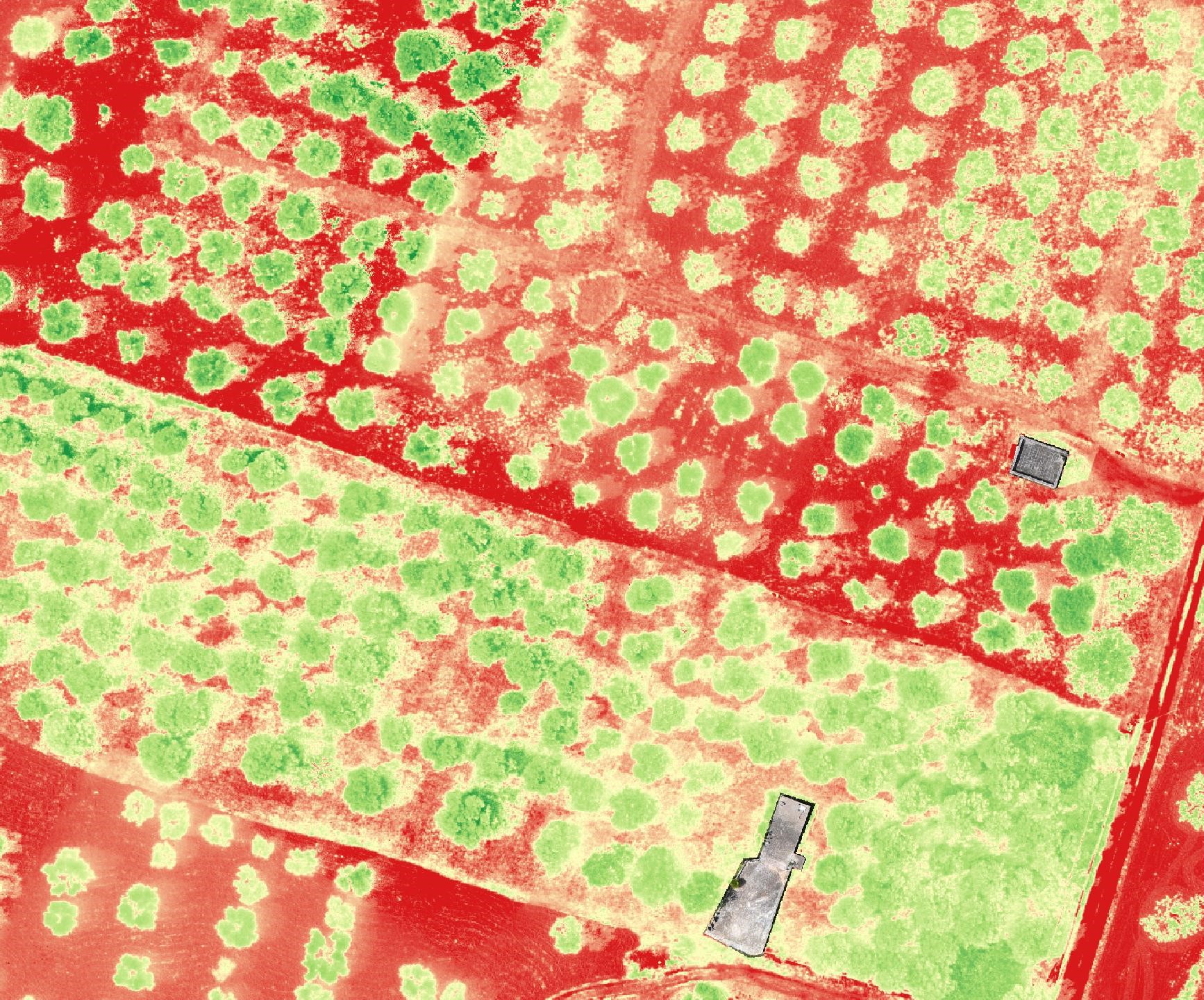
Precision Agriculture
- Plant statistics and counts
- Crop health assessment
- NDVI, GNDVI, NDRE vegetation indices
- Weather damage assessment

Parks and Gardens
- Georeferenced orthophoto of the area
- Terrain contour lines
- Oblique photographs
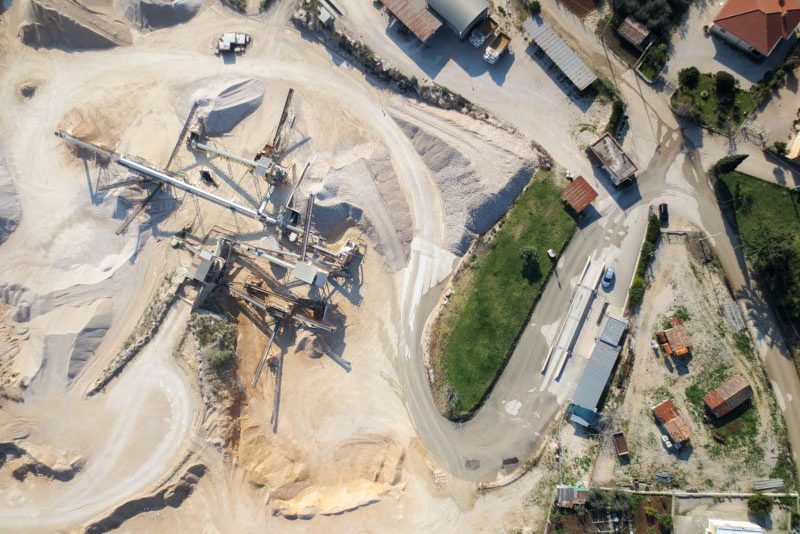
Quarries and Mines
- Georeferenced orthophoto of the area
- 3D Digital Terrain Model
- Section extraction
- Terrain contour lines
- Excavation volume calculations
- Support for construction management
- Comparison with historical data
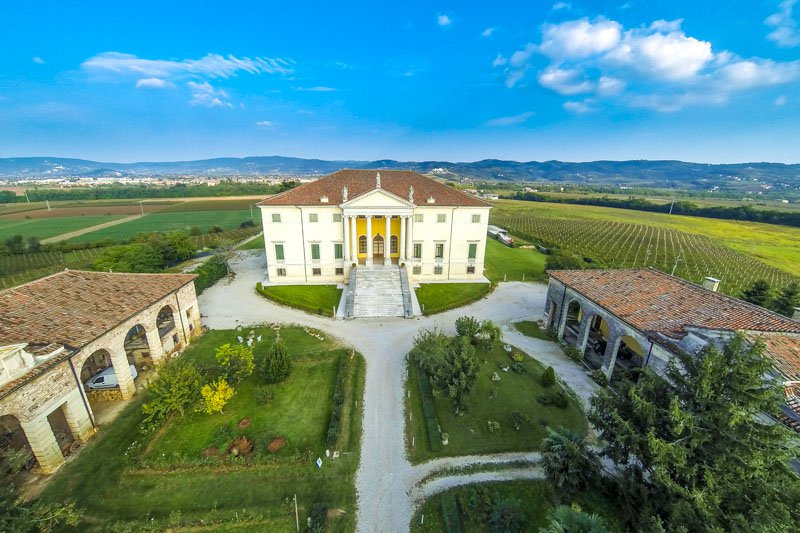
Promotional Photography
- Georeferenced orthophotos
- Oblique photographs
One Camera for Every Project
The camera, also known as the payload, mounted on our drone determines the type of images it can capture and, consequently, their potential use. Here are the details of the various cameras we use
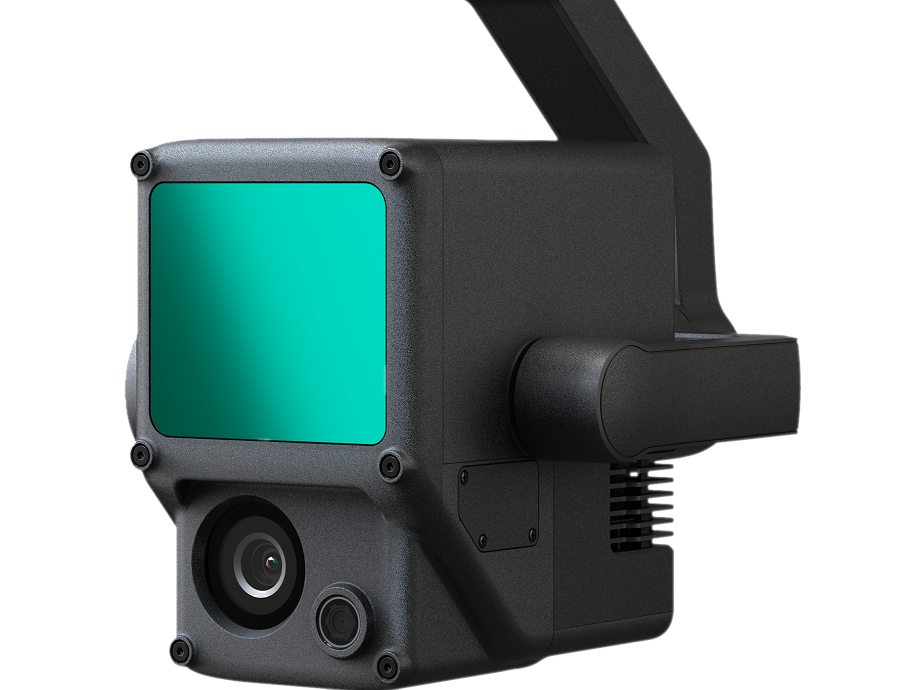
RGB Camera (Zenmuse L1 on Matrice 300 RTK)
Captures image data in the visible spectrum (Red, Green, and Blue).
It is the standard sensor commonly used in our application areas.
Technical Specifications:
- 20 MP
- 1-inch CMOS sensor
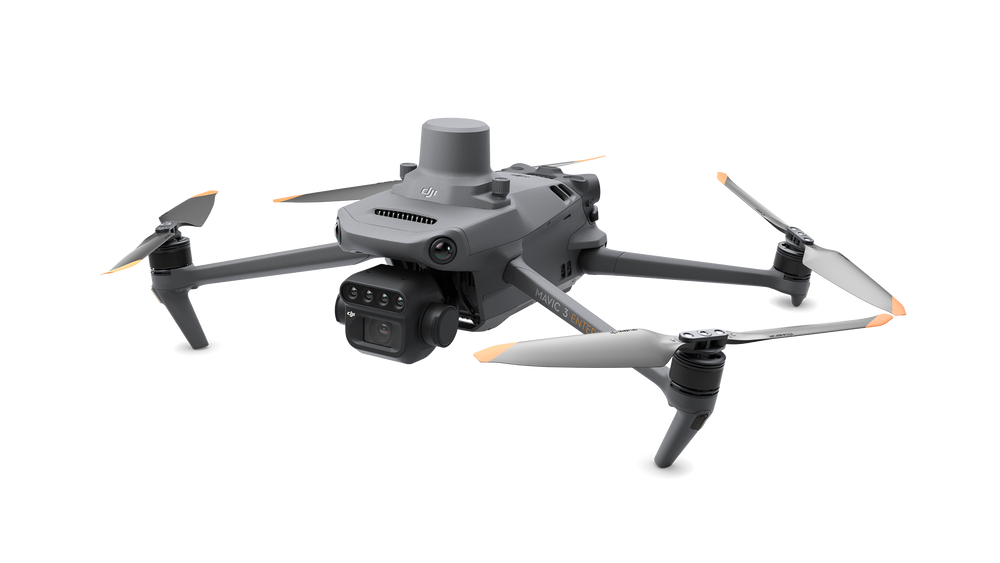
RGB and Multispectral Camera (Mavic 3M)
Captures image data in the visible spectrum (Red, Green, and Blue) and includes multispectral capabilities.
It is a versatile sensor suited for various applications.
Technical Specifications:
- 20 MP
- 1-inch CMOS sensor
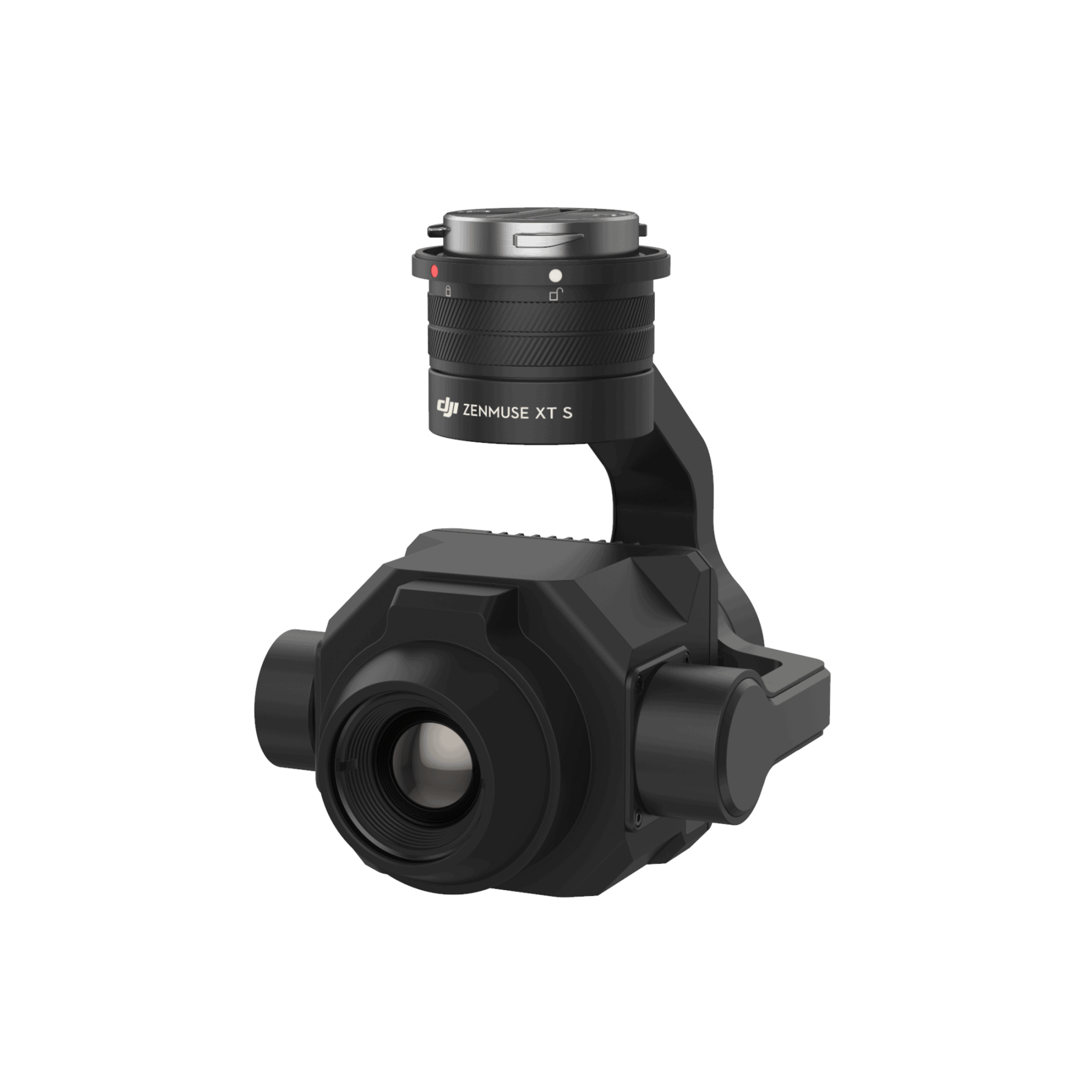
Thermal Camera (DJI Zenmuse XT S on Matrice 300 RTK)
Captures thermal image data, useful for detecting heat variations.
Commonly used for inspection and monitoring tasks.
Technical Specifications:
- 20 MP
- 1-inch CMOS sensor

CANON EOS60D
A digital SLR camera with various lenses, used to integrate aerial photogrammetric surveys with ground-based images (ideal for high-value building facades and frescoed walls).
Technical Specifications:
- 18 MP
- APS-C CMOS sensor (22.3 x 14.9 mm)

